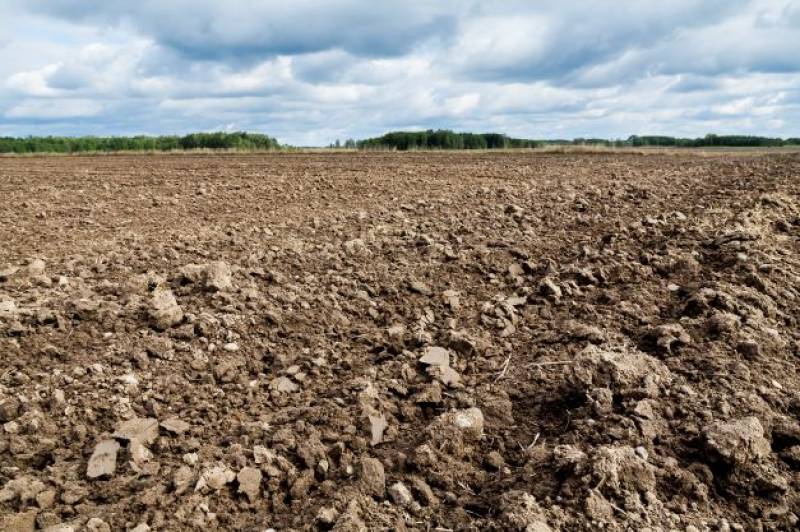Date Published: 25/08/2022
ARCHIVED - Make it rain: Cloudseeding in Spain could combat drought caused by heatwave
The rain in Spain falls mainly… well, anywhere they like with cloud seeding technique but why hasn’t it yet been used to stop droughts?

Summertime in the northern hemisphere is getting longer than usual, and temperatures are getting hotter at this time of year. The heatwaves and extreme weather conditions in Spain and the rest of Europe this summer have led to the worst water shortages in 500 years and dangerous droughts.
Many countries are looking for ways to avoid the effects of the climate crisis, and Spain has joined in by starting cloud seeding.
Creating artificial clouds is a form of weather manipulation. While this practice has existed for decades, it has been gaining momentum in recent years in response to the climate crisis. The idea is to intensify rainfall by leaving particles in the air around which water molecules will form and grow, thus sowing clouds in the sky.
While countries like China and the USA have been using cloudseeding to replenish reservoirs and rivers, in Spain it has mostly only been used to avoid hailstorms that can destroy crops in places like Madrid and Aragón.
In the face of the impending disaster situation facing the country as its water reserves run dangerously low, it’s high time Spain began using cloudseeding to avoid a drought this September.
You might also like: Spanish Stonehenge emerges from reservoir amid historic drought
Is artificial rain actually a good way to combat climate change?
All the same, scientists doubt whether this method is the best. It is true that, in the short term, it generates small water droplets that grow and merge together, and eventually fall as precipitation. But experts warn that it is “neither a simple nor a magical solution”, and in the long term it really has little impact on the overall level of more water in the sky.
“It’s not as simple and it may not be as promising as people would like,” University of Colorado professor William R. Cotton told The Conversation. He explains that experiments that produce snow or rain require “the right kind of clouds with enough moisture and the right temperature and wind conditions”.
“The percentage increases are small and it is difficult to know when the snow or rain fell naturally and when it was triggered by seeding,” he adds.
Perhaps a more effective way of ensuring our water supply for the future is better management of the existing waterways, sensible use of water in homes and businesses, and ordinary people putting pressure on large companies and public institutions to reduce pollution to try and stem the worst effects of the climate crisis.
Also of interest: Incredible images show Levante cloud sweeping over the Rock of Gibraltar
Image: Archive
Loading
Sign up for the Spanish News Today Editors Roundup Weekly Bulletin and get an email with all the week’s news straight to your inbox
Special offer: Subscribe now for 25% off (36.95 euros for 48 Bulletins)
OR
you can sign up to our FREE weekly roundup!
Read some of our recent bulletins:
Discount Special Offer subscription:
36.95€ for 48 Editor’s Weekly News Roundup bulletins!
Please CLICK THE BUTTON to subscribe.
(List price 3 months 12 Bulletins)
Read more stories from around Spain:
Contact Spanish News Today: Editorial 966 260 896 /
Office 968 018 268























